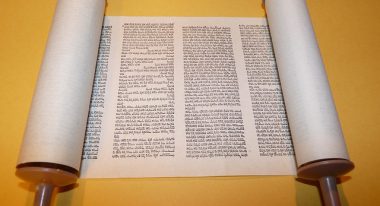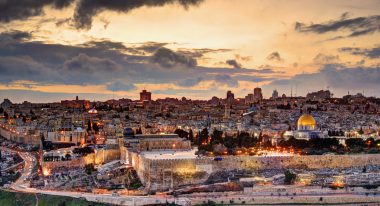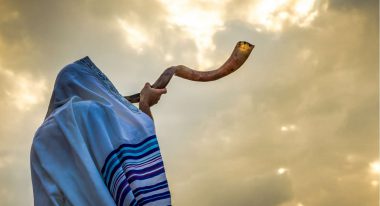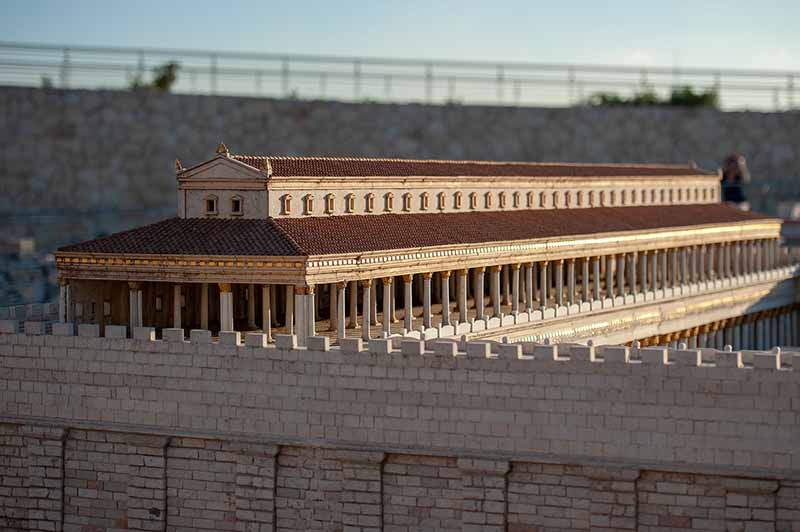
Tzom Gedaliah
Fast of Gedaliah is a day of mourning and fasting that is kept on the 3rd of Tishrei in the Jewish calendar. It is the next day after the Rosh Hashanah, the Jewish New Year.
This day commemorates the death of the honorable governor Gedaliah who ruled Judah in the 6th century BC.
The assassination of Gedaliah by the hands of Babylonians had ended Jewish rule in Judea and was followed by the destruction of the First Temple.
Like other minor fasts, Tzom Gedaliah begins at sunrise and ends with the first stars.
The history of this day goes to the 6th century BC. It was a difficult period for Judea, a small country located between two mighty powers: Babylon and Egypt.
The Jewish rulers tried to maneuver between the giants in the attempt to find a better ally and protector. After the death of the king Yeshayahy, who was favorable to the Babylonians, his son Iehoahaz sat on the Jewish throne. But the Egyptians had replaced him with their protégé and turned Judea into an Egyptian tributary. In 605 BC King Nebuchadnezzar of Babylon had defeated the Egyptians and conquered Judea.
For years the Jews put up with their servitude, but in 598 BC Judea once again was on the side of Egypt. In response, the Babylonian king had captured the king of Judea and all the national elite. He put the governor Tsidkiyagu to rule over Judea, but Tsidkiyagu led another revolt against Babylon, hoping for the support of Egypt.
In 588 BC Nebuchadnezzar again fought Judea and after two years of war Jerusalem fell. Babylonians had destroyed the city, the first Temple and executed the sons of King Zedekiah, ending a 400-year reign of the Davidic dynasty. Most of the royal family and the nobility of the country were captured and taken away as prisoners. Many were killed.
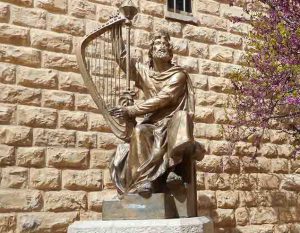
However, Nebuchadnezzar had plans for Judea and didn’t want to destroy it completely. People of the lower classes were allowed to stay in Judea and develop agronomy there. Gedaliah, the son of a wise man Afikam, was appointed to be the Judea’s Governor. Under his rule the Jewish community began to revive once more. Many Jewish refugees began to return to their country, especially after the governor’s promise that it was safe and secure to come back. And so it was, the Babylonian garrison that stayed in Judea did not offend the Jews and even protected them from hostile neighbors.
Among the refugees who had joined Gedaliah was Ismail, one of the Davidic Princes. Ismail believed that he deserved to be the Jewish ruler more than Gedaliah did and that Judea should seek Egyptian protection. His ally was the king of Ammon, who was worried by the growth of the Jewish settlement. Ismail waited for the right time and killed Gedaliah and his supporters. He also destroyed a Babylonian garrison in Mizpah, where Gedaliah headquarters were. As a punishment for the murder of Gedaliah, Nebuchadnezzar had eliminated Judea, turned it into a Babylonian province and captured over 9,000 prisoners.
As a result, the Jewish people lost their state and independence for a long time.
In memory of the assassination of Gedaliah and the tragedy that happened to the Jewish people, was established the Fast of Gedaliah – Tzom Gedaliah.




